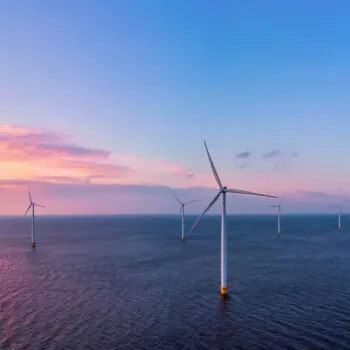In November 2015 the European Commission published its first State of the Energy Union Communication. This kicks off a technical – but important – negotiation between the EU and Member States on the governance arrangements for 2030. This will include arrangements for delivering “Energy Efficiency First”. This in turn will set the scene for the opening up of a slew of reforms to the Renewable Energy and Energy Efficiency Directives as well as internal energy market proposals. These proposals will determine the success or failure of the EU in addressing the remaining markets barriers and institutional failures that stand between us and a competitive energy efficient Europe. This working paper sets out ideas and options for how this could be achieved.
As the negotiation unfolds, there is likely to be a focus on the rules for energy system planning, indicators used to determine efficacy of the governance regime reporting to ensure compliance with delivery of the overall 2030 energy efficiency target. Embedded within this both technical and political discussion are opportunities to design a governance system focused on delivering energy efficiency improvements in a way that ensures a 27% target for improvement by 2030 is a floor not a ceiling on ambition. By maximizing a focus on improving energy productivity in Europe through delivering Energy Efficiency First, the EU can also achieve its top line political ambition of delivering “at least” 40% GHG reductions in 2030.


